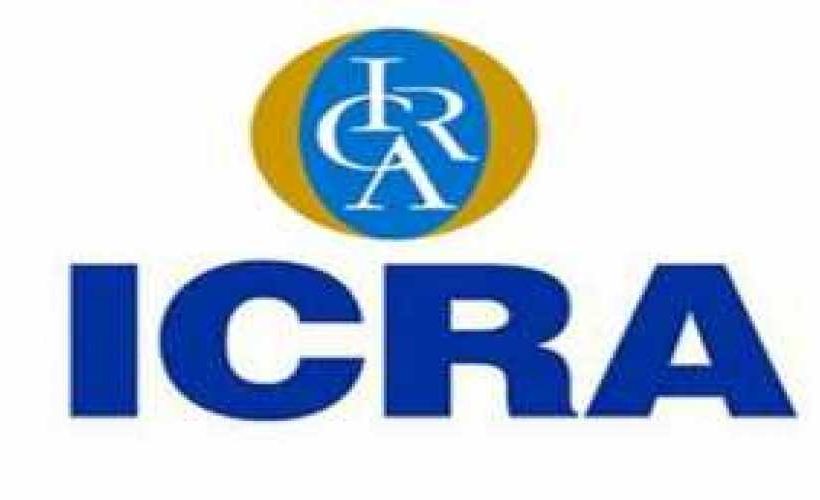
With industrial output and consumption-driven sectors experiencing a slump during H2 FY2019, the freight demand in the country also withdrew in the last quarter of the previous fiscal. “Our analysis of financial performance of key listed logistics companies in India indicate that there was a moderation in the growth momentum during the last quarter of FY2019, and the same is likely to continue into Q1 FY2020 as well. From a robust aggregate Y-o-Y revenue growth of 19% in Q3 FY2019, the sample’s growth slowed down to 11% during Q4 FY2019, ” said Ms. Sruthi Thomas, Senior Analyst, ICRA Ratings.
The sequential slowdown in growth can be attributed to weaker freight availability as well as freight rates. The sequential slowdown in demand has been especially pronounced in certain segments like Automobiles, E-commerce and Air Express Cargo.
Fleet operators with significant dependence on the auto-carrier and infrastructure segments have witnessed relatively higher pressure during recent months. With automotive production and dispatches slowing down drastically, overcapacity in the system, and freight rates remaining subdued, fleet operators in the auto-carrier segment face challenges.
The slowdown in infrastructure projects on account of the moral code of conduct prior to the General Elections also had an impact on the fleet operators catering to allied sectors. The impact of the revision in axle load norms from July 2018 and the moderation in diesel prices during the latter half of the fiscal also reflected in the freight rate trend, which has declined sequentially as the year progresses.
With the upward revision in axle load norms implemented last year, the load bearing capacity of the existing truck population has increased to the tune of 15-20%. This has helped fleet operators realise better scale economies, a large part of which has been passed on to customers in the form of lower freight rates. Coupled with the softening of diesel prices from November, freight rates have moderated sequentially during Q4 FY2019.
“Going forward, although ICRA expects the growth to remain weak during Q1 FY2020, given the sequential softening of freight rates and the subdued economic activity, it is expected to revive subsequently. We maintain a stable outlook for the Indian logistics industry, expecting it to grow at 8-10% over the medium term.
The demand growth would continue to be buoyed the industrial activity and consumption-led sectors, while increasing preference for outsourcing logistics activities would provide further impetus to organized players,” adds Ms. Thomas.
Additionally, supply side factors like improvement in logistics infrastructure and emergence of logistics startups would offer further impetus to the growth. Prevalence of trends like rise in integrated logistics, e- commerce logistics, investments in warehousing and penetration of technology in the sector, in tandem with the ongoing shift towards organized logistics players, would also induce a structural shift in the industry over
the longer term.
Credit metrics of organized logistics players remained range-bound during FY2019 with interest cover at 7-8x and Debt/OPBIDTA at 1-2x. ICRA expects its sample of logistics companies to invest Rs. 9-11 billion annually (which translates into 2-3% of operating income) towards capacity augmentation and investments in technology to improve service offerings. Credit metrics may remain stable, with debt-funded capex plans of LSPs setting off the benefits of operational efficiency gains.



